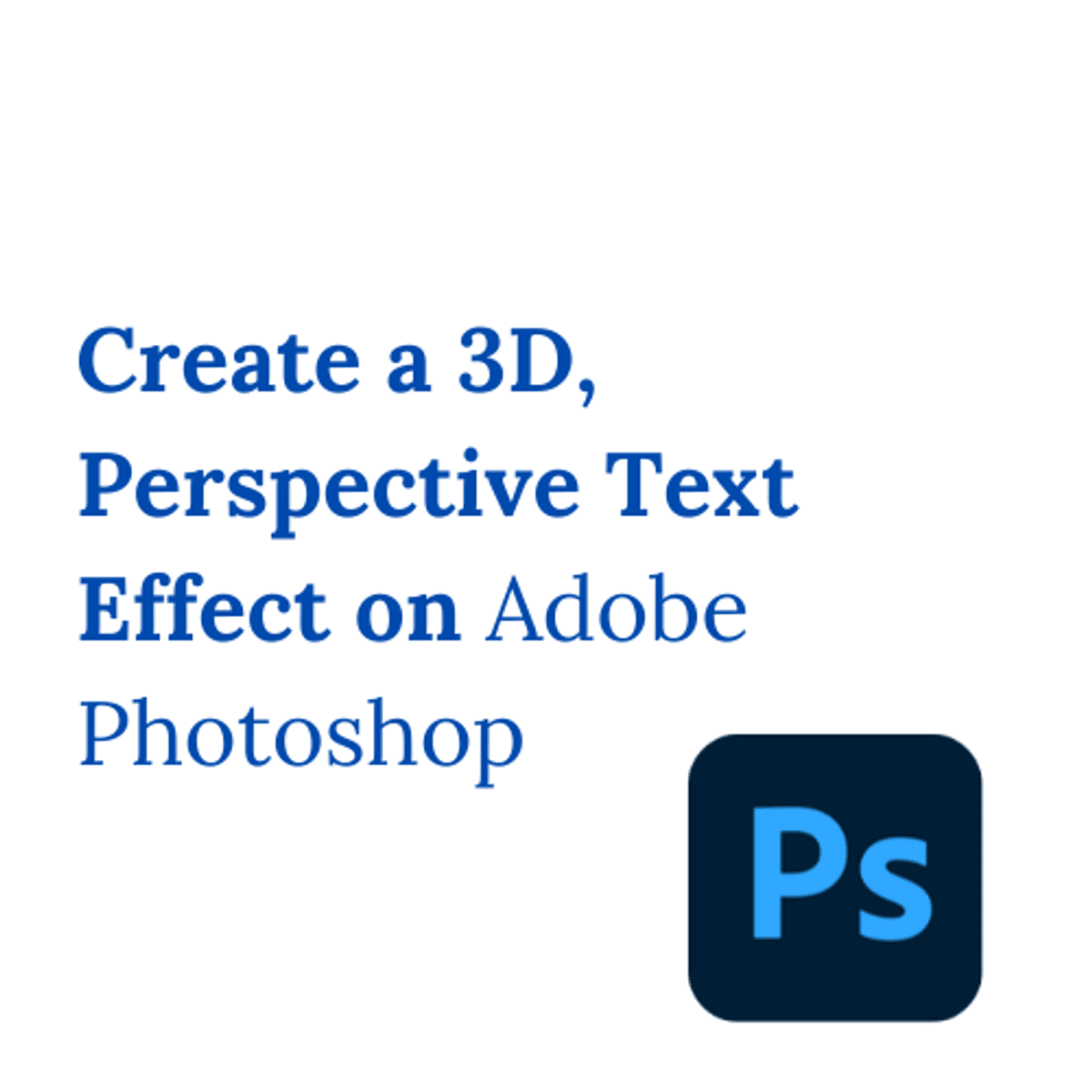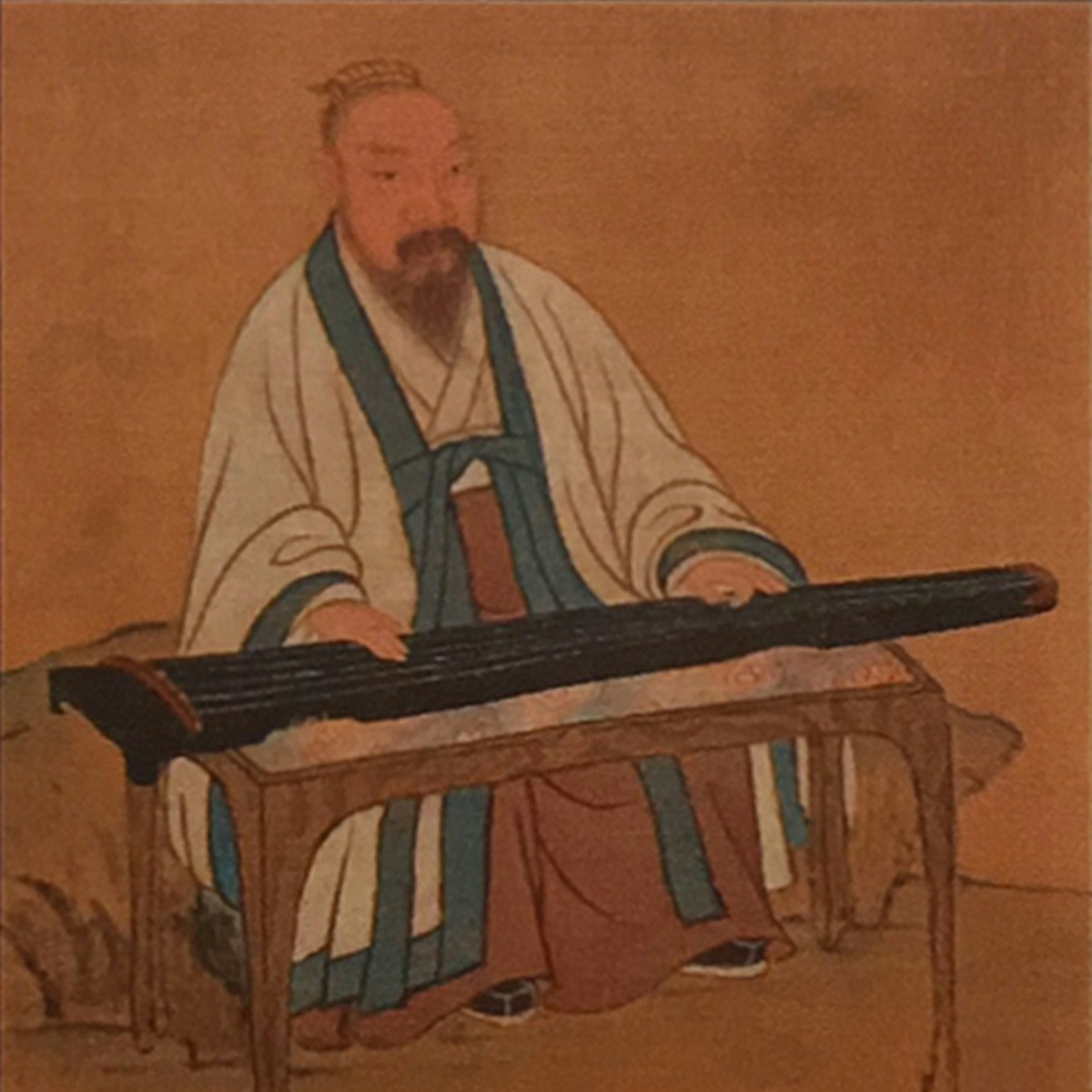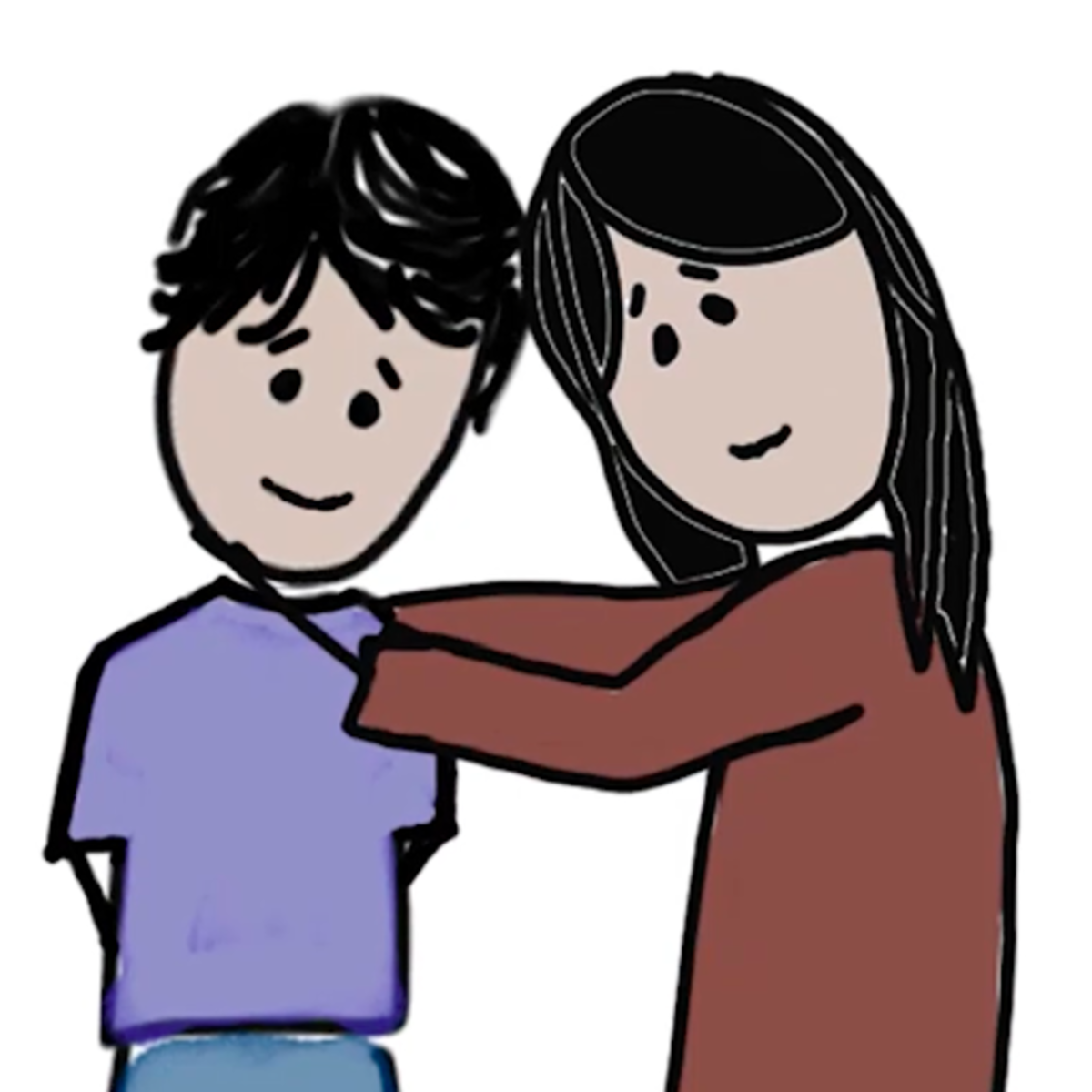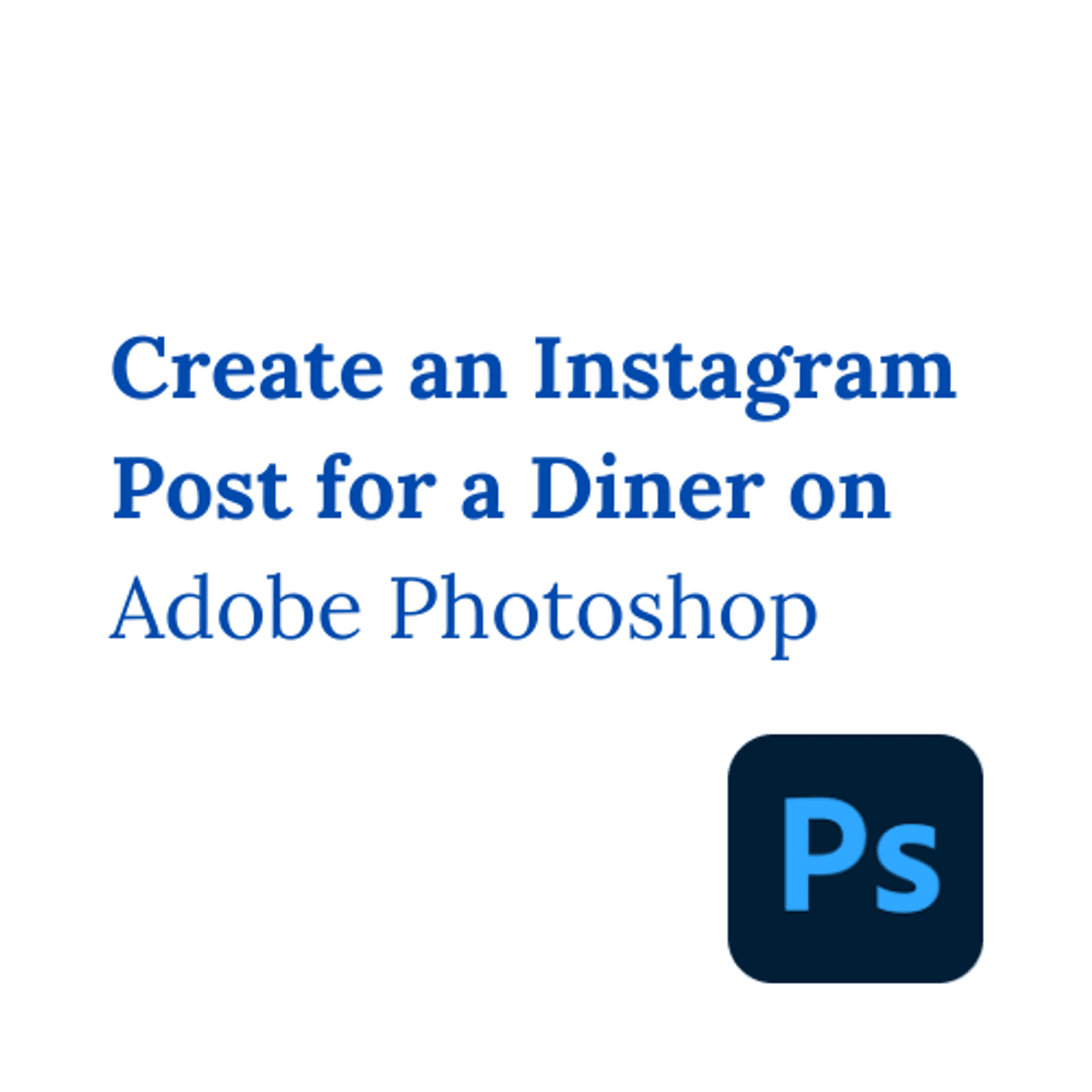Back to Courses









Arts And Humanities Courses - Page 26
Showing results 251-260 of 464

The Technology of Music Production
Learn about the music production process—including recording, editing, and mixing—and the tools available to you to create contemporary music on your computer.
With the recent introduction of high-quality-low-cost software and hardware, the tools of music production are now available to the masses. Albums are made in bedrooms as well as studios. On the surface this is liberating. Anyone can make an album for the low cost of a couple pieces of gear and a software package. But, if you dig deeper, you will find that it is not so easy. Producing music requires knowledge, dedication, and creativity.
Knowledge is where this course comes in. No matter what kind of music you are making, there is a large set of tools that you will need to use. Each lesson of this course will demonstrate a different set of music production tools, loosely following along the music production process of recording, editing, and mixing.
We will start with some background on the nature of sound and how we perceive it. We will then examine the components necessary to record audio into a computer, so that you understand the devices that sound must travel through in a music production process.
Once recorded, sound must be organized along a timeline, a process known as editing. It allows us to give the impression of perfect performances and create many of the sounds we hear in contemporary music. The contemporary editing tool is the Digital Audio Workstation (DAW), a piece of software that stores and organizes all the assets of a musical project. We will focus on the editing tools that are essential in contemporary music production and that all DAWs provide.
After editing, sounds must be combined or mixed together, so we look to the mixing board—a very creative place if you know how to use it. We will explore the basic functionality of both hardware and software mixing boards, including volume, pan, mute, solo, busses, inserts, sends, and submixes. The mixing process, however, includes more tools than the mixing board provides on its own. Sound must also be processed, modified from its recorded state to fit the context of the music. We will look at compression, equalization, and delay, and examine the many audio effects that are offshoots of these devices and how they are used in a musical context.
In the end, the music production process relies on your creativity. Creativity is a product of the mind and will stay there, unexpressed, until the right tools are used in the right way to share it with the world. If you have an idea in your head, it will take numerous steps, each with an important tool, to reach your audience. You bring the dedication and creativity, and this course will bring you the knowledge to make that happen.

Fundamentals of Music Theory
This course, revised in 2022, will introduce you to the theory of music, providing you with the skills needed to read and write Western music notation, as well as to understand, analyse, and listen informedly.
It will cover material such as pitches and scales, intervals, clefs, rhythm, form, metre and time signatures, phrases and cadences, and basic harmony.
This course covers the fundamentals of Western music theory, from the absolute basics to some more advanced concepts. As such, it is the perfect course for beginners and more experienced musicians alike.

3D, perspective text effect on Photoshop
By the end of this project, you will be able to create a 3D, perspective text effect using Adobe Photoshop.
Throughout the project, you will be able to use Adobe Photoshop with its different tools. You will be able to create a 3D and perspective text effect that you will use to create an architecture firm logo along with the landing page of their website.
You will be exposed to the Vanishing Point Filter as well as the 3D workspace on Photoshop.
This guided project is for intermediate graphic designers and intermediate digital designers who are interested in learning how to create a 3D and perspective text effect in Adobe Photoshop. Using the tools in Adobe Photoshop, an architecture firm logo along with the landing page of their website. By creating this, you will contribute to completing the branding of the architecture firm knowing that a logo is always one of the most important pillars of a successful branding and this project will help you achieve that.
Adobe Photoshop is a software that is extensively used for raster image editing, graphic design and digital art. It makes use of layering to allow for depth and flexibility in the design and editing process, as well as provide powerful tools that, when combined, are capable of just about anything.
It will be, undoubtedly, a great asset throughout your future career as a designer.

Capstone: Your Story
Everything comes together in the Capstone. You will draft a complete story, narrative essay, or memoir of 8–15 pages. With the advice of your peer readers, you will revise, rewrite, and complete it. The skills you’ve learned of plotting, setting, physical description, characterization, and stylistic clarity and innovation will culminate in an original work of art all your own. We’ll discuss the steps that professional writers take to bring their work into the public world. Along the way you’ll learn the patient habits of revision that make up the writer’s life.

Religion and Thought in Modern China: the Song, Jin, and Yuan
This sequence of four courses will propose a multi-disciplinary approach to the study of Chinese cultural history conceived of as a succession of modes of rationality (philosophical, bureaucratic, and economic). The focus will be on the moments of paradigm shift from one mode of rationality to another. For each of these moments, cultural facts and artifacts—thought, literature, ritual—will be examined in relationship to changing social, political, and economic systems.
The first two courses will cover the periods of the Warring States (481-256 BCE) and the Period of Division (220-589 CE), with a brief excursion into the Han (206 BCE-220 CE). The Warring States laid the social and cultural foundations for the emergence of the imperial mode of rationality; the Period of Division saw the Buddhist “conquest” of China and the emergence of a rationality defined by the opposition of the Three Teachings to shamanism, that is, of a clear contrast between elite and popular culture.
The third and fourth courses will focus on the emergence of modern China in the Song-Yuan (960-1368) and of today’s China 1850 to the present. We will see how the modern attack on religion, redefined as "superstition", led not only to religious reform movements but also to a society in which science and the nation became the primary value systems promoted by the state.
The courses are listed below:
A Critical Cultural History of China - Early China I: Intellectual Change in the Warring States and Han (481 BCE-220 CE)
A Critical Cultural History of China - Early China II: Religious Transformation in the Period of Division (220-589 CE)
A Critical Cultural History of China - Modern China I: Religion and Thought in the Song, Jin, and Yuan (960-1368)
A Critical Cultural History of China - Modern China II: Structuring Values (1850-2015)

Understanding 9/11: Why 9/11 Happened & How Terrorism Affects Our World Today
This course will explore the forces that led to the 9/11 attacks and the policies the United States adopted in response. We will examine the phenomenon of modern terrorism, the development of the al Qai'da ideology, and the process by which individuals radicalize towards violence.

Health Across the Gender Spectrum
This course offers an intimate, story-based introduction to the experiences of six transgender children and their families. Through illustrated stories and short teaching videos, learners will gain a better understanding of gender identity and the gender spectrum. Stanford physicians, K-12 educators, and transgender faculty members offer practical tips for parents, teachers, healthcare providers and anyone who wants to help create a more gender-expansive environment - one in which all people can live authentically. As a global community of unique individuals, we can begin to build a world that is ready to nurture and love each and every child.
Due to the sensitive nature of the story-based course content, we have chosen not to offer course certificates for this course. Simply put, we feel that the thoughts, ideas and sentiments of these remarkable children and their families... are priceless. We are confident that, like us, you will end up learning more from them than you could ever imagine. Together, we can lay a stronger foundation for all children. Join us as we explore health, across the gender spectrum.
Additional note: When submitting answers to quizzes, you may be asked to enter your "full legal name". This feature is primarily for verification purposes for courses that offer a certificate on Coursera, so it does not really apply to this course. We recognize that, for some individuals the name they use does not match the one on their legal documents. Please feel free to enter the name you normally use in these boxes.

The Language of Design: Form and Meaning
In this course, critique is defined as a detailed, objective analysis of a work of graphic design and its effectiveness. Critique is an integral part of the making process for designers: it’s not just how we determine if a work of design is or is not successful, it’s how we move our work forward. Critique is also where other voices and opinions can be brought into the design process.
This course will introduce a lexicon (or vocabulary) in order for you to demonstrate clearer and more considered ways of talking about graphic design in the context of critique. Through this lexicon and a provided Critique Framework, we will model and then practice objectively describing how well a work of design functions based on specific, clearly articulated criteria. By refining this skill, you will enhance your ability to communicate about design with peers, colleagues, and clients.
This course is essential to anyone looking to develop and refine a critical vocabulary around talking about art and design, such as:
- practicing graphic designers at all levels
- future and current students of art or design programs
- teachers teaching visual art, design, or related subjects
- any stakeholder in a design project that needs to communicate effectively with designers on their team.
This course is recommended to learners enrolled in either the Graphic Design Specialization or UI/UX Design Specialization on Coursera to further develop their skills in graphic design. You may take this course before, during, or after completing either Specialization.
Note this is not an art appreciation course for a general audience. While no prior experience is required to begin, the knowledge and skills taught in this course is useful only if you have some relationship to design in a professional context, i.e., practicing, studying, or teaching design, or working directly with designers.
No specific software or tools are required to complete this course.

Create an Instagram post on Adobe Photoshop
By the end of this project, you will be able to create an Instagram post for a Diner using Adobe Photoshop.
Throughout the project, you will be able to use Adobe Photoshop with its different tools. You will be able to create a neon effect on your typography and shapes. You will edit and color correct an image to use in the layout of the Instagram post.
This guided project is for intermediate graphic designers and intermediate digital designers who are interested in learning how to create an Instagram post in Adobe Photoshop using the neon effect for the typography and edit an image to be at the centre of the layout. By creating this, you will contribute to advertising the restaurant/diner on one of the most known social media platforms, by reaching out to a large number of your targeted group of people.
Adobe Photoshop is a software that is extensively used for raster image editing, graphic design and digital art. It makes use of layering to allow for depth and flexibility in the design and editing process, as well as provide powerful tools that, when combined, are capable of just about anything.
It will be, undoubtedly, a great asset throughout your future career as a designer.

Fashion Retail Transformation
In this course, Parsons faculty and industry experts dive deep into the transformation of fashion retail. You’ll explore the fusion of retail and entertainment and the increasing importance of omnichannel client relationships. Through an examination of disruptive retail innovations, such as on-demand delivery and virtual reality, you’ll learn how industry leaders are keeping up with customer expectations. You’ll look at e-commerce strategies through the lens of listening to and applying customer feedback and how brands stay relevant in the direct-to-consumer marketplace. Finally, you’ll consider the post-COVID consumer and how e-commerce and remote clienteling can be leveraged within the fashion business to ensure customer satisfaction and loyalty.
In this course, you'll be learning from the following Parsons faculty and industry experts:
- Caryn Pang, Parsons Faculty, Senior Consultant
- Ron Thurston, Author, RETAIL PRIDE
- Keanan Duffty, Parsons Faculty
- Patrick Klesius, Parsons Faculty, Enterprise Data Architecture & Analytics, David Yurman
Popular Internships and Jobs by Categories
Find Jobs & Internships
Browse
© 2024 BoostGrad | All rights reserved